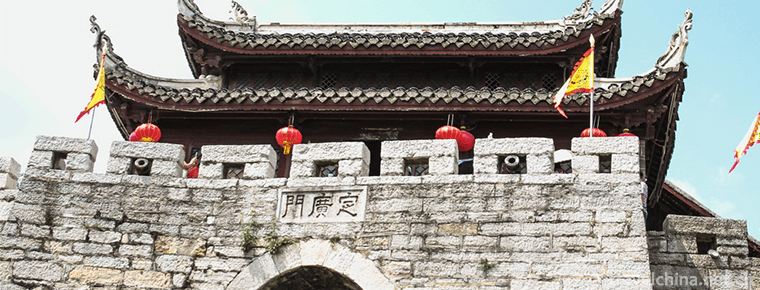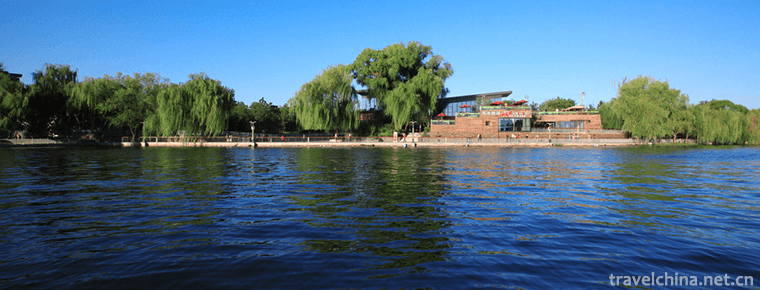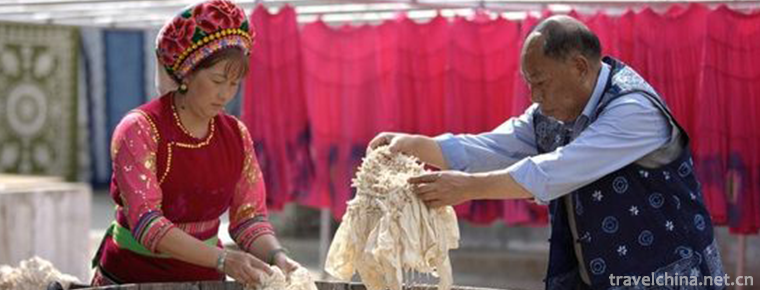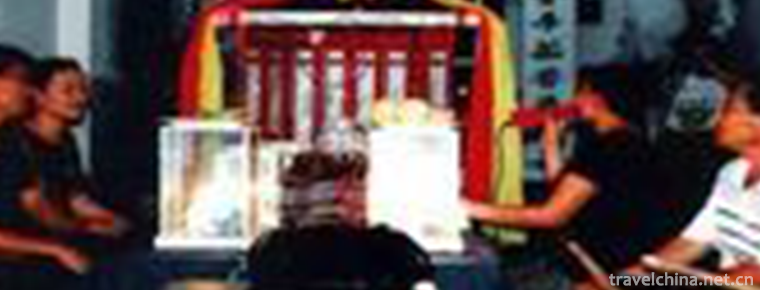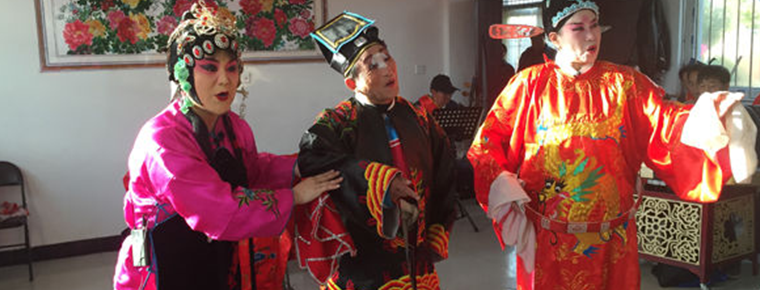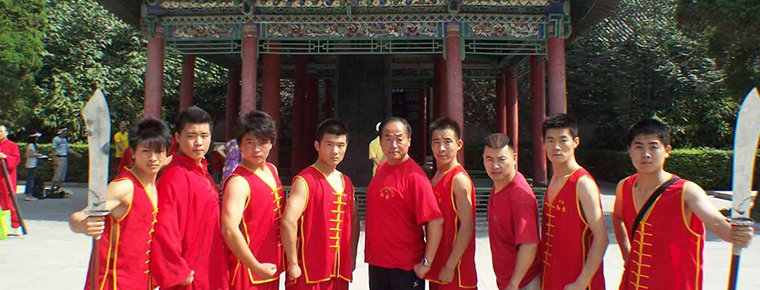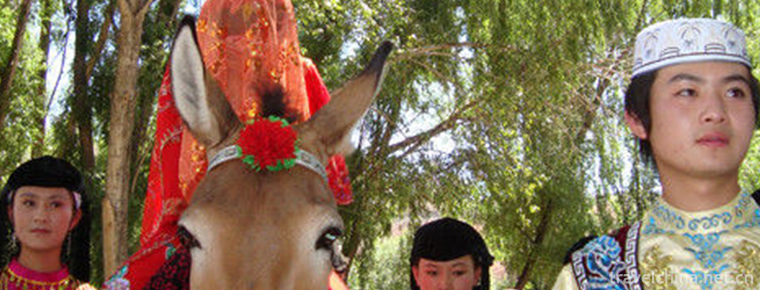Nanxiang ancient town
Nanxiang ancient town
Jiading Nanxiang Ancient Town is a national AAAAA scenic spot, located in Nanxiang Town, Jiading District, Shanghai. There are famous scenic spots such as brick pagoda, Guyiyuan, Hebi Mountain, Liuyun Chan Temple and so on.
History of Development
Nanxiang is an ancient famous Chaxi. When Emperor Liang Wudi founded the country, Nanxiang was still a desolate village. One day, a local farmer dug up a huge stone more than a foot long when it was on the farmland. As soon as the stone was exposed to the ground, a pair of red-crowned cranes circled over the stone and landed on it to rest their feet. A monk named Deqi thought it was a Buddhist site and decided to build a Buddhist temple here. Strange to say, every day the white crane flies to which direction, which direction there are people to donate money, every day so, never stop. Soon a large sum of money was raised to break ground and start building monasteries. In 505 (Liang Tianjian's fourth year), Baihe Nanxiang Temple was built. Because the temple became a town, it was named Nanxiang.
Nanxiang Town is one of the four famous historic towns in Shanghai. It has a long history, rich cultural relics and historic sites, and rich tourism resources.
There are five generations of brick towers rarely seen in China, and Guyi Garden, which is still a scenic spot in Nanxiang. About a mile south of town, there is the only golf course in Shanghai with night lighting, the Oriental Paris Golf and Country Club, which covers an area of about 400 mu. It is an ideal base for leisure and business. All these have laid a good foundation for Nanxiang's tourism industry. The Liuyun Chan Temple (formerly Yunxiang Temple) under construction will add new contents to Nanxiang's tourism industry.
Tourism Information
Natural landscape
Marshes, wetlands, valleys, countryside, seashore, sea areas, Islands
Suitable for the crowd
Family, Individual, Couple, Company, Friends, Children, Old People
best Times
January,February,March,April,May,June,July,August,September,October,November,December
Travel mode
Long distance bus







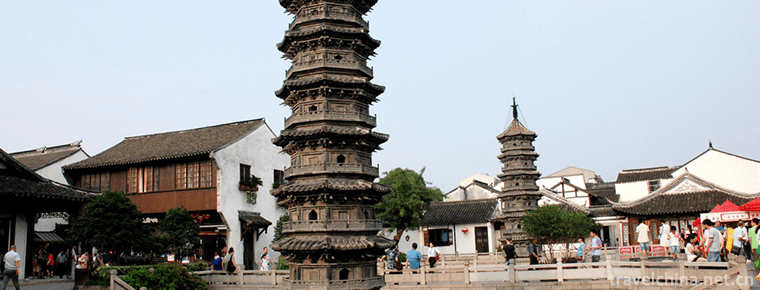
-
zhangjiajie national forest park Avatar Filming place
Zhangjiajie national Forest Park is located in Zhangjiajie City, northwest of Hunan province. On September 25, 1982, with the approval of the State Council of the People's Republic of China.
Views: 211 Time 2018-10-28 -
Huaxi Qingyan Ancient Town Scenic Area
Qingyan Ancient Town, one of the four ancient towns in Guizhou, is located in the southern suburb of Guiyang City. It was built in Hongwu ten years (1378) of Ming Dynasty and was formerly a military f.
Views: 214 Time 2018-12-12 -
The Siberian Tiger Park
Located on the North Bank of Songhua River, the Northeast Tiger Forest Park covers an area of 1.44 million square meters and is adjacent to the Sun Island Scenic Area. Among them.
Views: 167 Time 2018-12-19 -
Lake Yanxi
Yanqi Lake: located at the foot of Yanshan Mountain 8 kilometers north of Huairou City, a suburb of Beijing, is a land and water area centered on the lake surface.
Views: 171 Time 2019-03-02 -
Bai nationality tiedyeing skills
Bai tie-dyeing technology, the local traditional textile dyeing technology in Dali City, Yunnan Province, is one of the national intangible cultural heritage..
Views: 210 Time 2019-04-03 -
Drum bowl song
Drum-pot song is a very ancient traditional form of music and art in Hubei Province of China. It originates from the traditional folk activities of "beating a pot as a drum, singing with the fune.
Views: 85 Time 2019-05-01 -
Haicheng Hornplay
Haicheng trumpet opera, the local traditional drama of Anshan City, Liaoning Province, is one of the national intangible cultural heritage..
Views: 344 Time 2019-05-02 -
Red boxing
Red boxing originated in Zhou and Qin Dynasties, became famous in Tang and Song Dynasties and prevailed in Ming and Qing Dynasties. It is an important link.
Views: 180 Time 2019-05-03 -
Salar Wedding
Salar wedding ceremony is one of the most important ceremonial activities in Salar people's life etiquette. Salar traditional wedding ceremony is held in the midwinter of each year. From engagement to.
Views: 120 Time 2019-06-11 -
Yangge Dance
Yangge is a popular and representative folk dance genre in China (mainly in the northern region). There are different appellations and styles in different regions. In folk, there are two kinds of appe.
Views: 900 Time 2019-07-10 -
Transportation in Mianyang
By the end of 2018, Mianyang had 20146 km of highways, 412 km of expressways, 268 km of Railways and 57 civil aviation routes..
Views: 153 Time 2020-12-14 -
Nanchong medical and health
By the end of 2019, Nanchong has 8457 medical and health institutions (including village clinics), including 166 hospitals and 8250 primary medical and health institutions. The number of beds in medical and health institutions was 43726, an increase of 4.9% over 2018.
Views: 314 Time 2020-12-17

